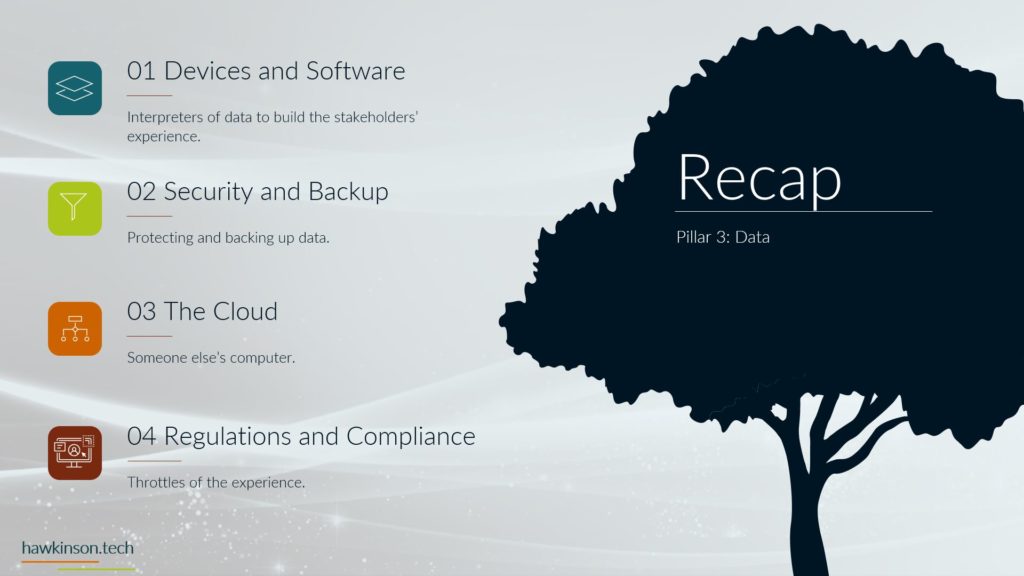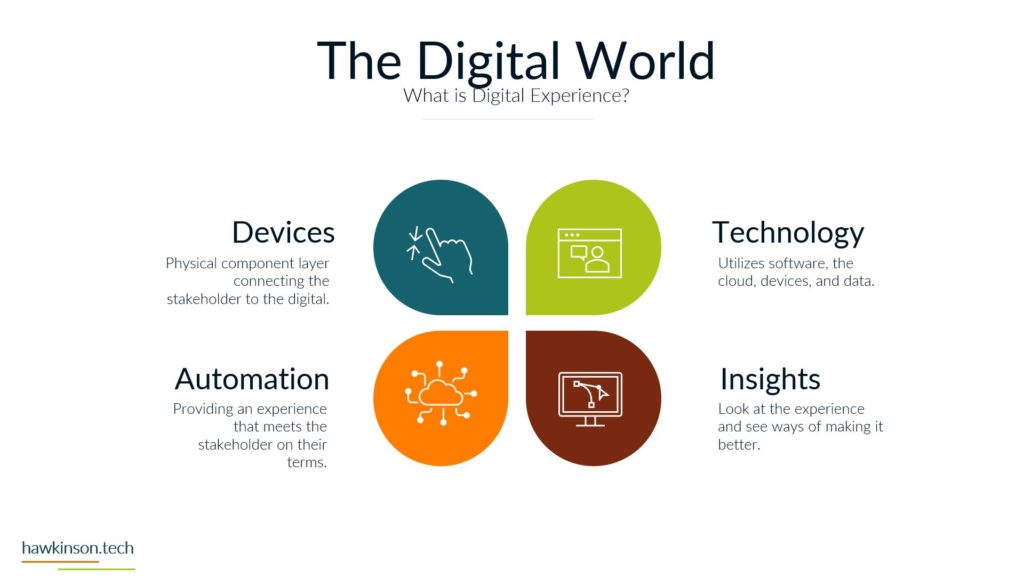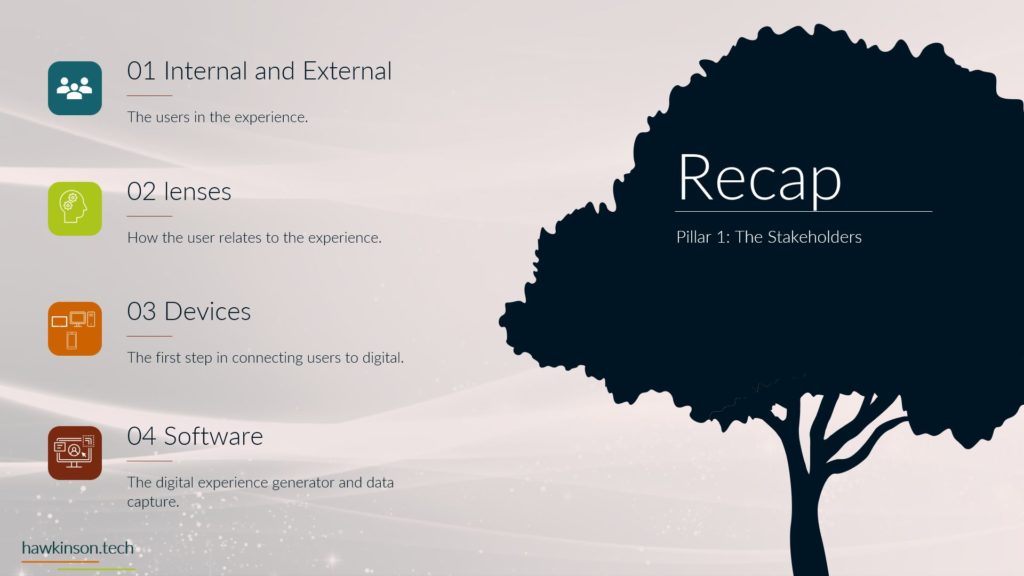In today’s highly competitive business landscape, delivering exceptional customer service is crucial for attracting and retaining customers and fostering long-term growth. Seamless customer service management not only enhances customer satisfaction but also helps build a positive brand reputation and foster customer loyalty.
As businesses strive to differentiate themselves, a well-implemented customer service strategy can become a significant competitive advantage.
This article will provide a comprehensive guide to the essential steps businesses should take to create and maintain a seamless customer service management system. By following these steps, organizations can ensure that they consistently meet and exceed customer expectations while promoting a customer-centric culture within their teams.
1. Define Your Customer Service Vision
A strong customer service vision is the foundation for a successful customer service management strategy. To create a clear and compelling vision, businesses should consider the following steps:
1.1 Establish Clear Goals and Objectives
Identify the key goals and objectives that your customer service strategy should achieve. These may include improving customer satisfaction, increasing customer retention, reducing response times, or resolving customer issues more effectively. Ensure these goals are specific, measurable, achievable, relevant, and time-bound (SMART).
1.2 Align with Company Values and Mission
Your customer service vision should align with your company’s mission and values. This alignment will ensure that your customer service efforts contribute to the broader objectives of your organization and that your team’s actions are consistent with the company’s culture and principles.
1.3 Communicate Vision to Employees
Once you have developed a clear customer service vision, it is essential to communicate it effectively to your employees. This will help them understand their role in achieving the vision and foster a sense of ownership and commitment. Utilize various communication channels such as team meetings, internal newsletters, and training sessions to share the image and reinforce its importance.
1.4 Review and Update Your Vision Regularly
As your business grows and evolves, your customer service vision may need to be adjusted to reflect new goals, challenges, and opportunities. Regularly review and update your image to ensure it remains relevant and continues to guide your customer service efforts effectively.
By defining a clear customer service vision, businesses can set the stage for a seamless customer service management strategy focused on achieving specific goals aligned with the company’s mission and values. This will help to create a customer-centric culture where employees are committed to delivering exceptional service and exceeding customer expectations.
2. Hire and Train the Right Team
Building a high-performing customer service team is crucial for seamless customer service management. To ensure your team is equipped to deliver exceptional service, consider the following steps:
2.1 Hire Employees with Strong Communication and Problem-Solving Skills
When hiring customer service representatives, prioritize candidates with excellent communication and problem-solving abilities. These skills are essential for understanding customer needs, addressing concerns, and providing effective solutions. Additionally, look for candidates with a positive attitude, empathy, and a genuine desire to help customers.
2.2 Provide Comprehensive Training on Products, Services, and Company Policies
Once you have assembled your team, invest in thorough training to ensure they deeply understand your products, services, and company policies. This knowledge will enable them to provide accurate information and resolve customer issues efficiently. Training should be ongoing to keep employees up-to-date on new products, features, and policy changes.
2.3 Offer Ongoing Professional Development Opportunities
Support your customer service team’s growth and development by providing regular opportunities for skill enhancement and learning. This may include workshops, webinars, or e-learning courses on communication, conflict resolution, or time management. Encouraging professional development will not only improve the quality of your customer service but also increase employee engagement and retention.
2.4 Foster a Collaborative and Supportive Environment
Create a work environment that encourages collaboration, open communication, and mutual support among team members. This will enable employees to share knowledge, learn from one another, and work together to resolve challenging customer issues. Promote a culture of continuous improvement, where employees are encouraged to provide feedback and suggest process improvements.
2.5 Set Clear Expectations and Provide Regular Feedback
Establish clear performance expectations for your customer service team, including response times, resolution rates, and customer satisfaction targets. Regularly monitor performance and provide constructive feedback to help employees understand their strengths and areas for improvement. Recognize and reward outstanding performance to motivate and inspire your team.
By hiring and training the right team, businesses can ensure that their customer service representatives are well-equipped to deliver exceptional service consistently. A skilled, knowledgeable, and motivated team is the cornerstone of seamless customer service management and is crucial in driving customer satisfaction and loyalty.
3. Implement Efficient Customer Service Tools
Leveraging the right customer service tools can significantly enhance your team’s efficiency and effectiveness in addressing customer concerns. Consider the following steps to choose and implement the best tools for your business:
3.1 Choose the Right Customer Service Software
Select a customer service software solution that meets the unique needs of your business and supports your customer service vision. This may include helpdesk platforms, customer relationship management (CRM) systems, or ticketing software. Look for features such as automation, reporting, and integration with other business tools to streamline your customer service processes and improve overall efficiency.
3.2 Utilize Chatbots and AI for Quick Response Times
Incorporate chatbots and artificial intelligence (AI) technologies into your customer service strategy to provide faster and more efficient support. Chatbots can handle routine tasks and answer frequently asked questions, allowing your team to focus on more complex customer issues. AI-driven tools can also help analyze customer data, identify trends, and provide personalized support based on customer preferences and history.
3.3 Offer Multiple Communication Channels
To provide seamless customer service, it’s essential to offer multiple communication channels that cater to different customer preferences and needs. This may include phone, email, live chat, social media, and self-service options such as knowledge bases or FAQs. Ensure your team is trained to handle inquiries across all channels and that customer interactions are tracked and managed effectively.
3.4 Integrate Tools for a Unified Customer View
Integrate your customer service tools with other business systems, such as sales, marketing, and billing, to create a unified view of each customer. This will enable your team to access all relevant customer information in one place, making it easier to provide personalized and informed support. Integration can also help identify potential cross-selling or upselling opportunities and improve department collaboration.
By implementing efficient customer service tools, businesses can streamline customer support processes, reduce response times, and improve customer satisfaction.
4. Develop Standard Operating Procedures (SOPs)
Creating and implementing well-defined standard operating procedures (SOPs) ensures consistent and high-quality customer service. SOPs provide clear guidelines for handling customer issues and help streamline your team’s workflow. Consider the following steps to develop effective SOPs for your customer service team:
4.1 Identify Common Customer Issues and Scenarios
Analyze your customer interactions to identify the most common issues and scenarios your team encounters. This may include product-related questions, billing inquiries, technical support, or account management. List these scenarios to serve as the basis for your SOPs.
4.2 Create Detailed Guidelines for Each Scenario
For each identified scenario, develop a step-by-step guide outlining the best practices for handling the issue. Include clear instructions on how to address the customer’s concern, escalate the case if necessary, and document the interaction. Ensure that these guidelines align with your customer service vision and company policies.
4.3 Train Your Team on SOPs
Once your SOPs are developed, provide comprehensive training to your customer service team to ensure they understand and follow the guidelines. This training should be incorporated into your onboarding process for new hires and provided as a refresher for existing employees.
5. Monitor and Measure Customer Service Performance
Regularly monitoring and measuring your customer service performance is essential for identifying areas for improvement, ensuring your team meets established goals, and maintaining a high level of customer satisfaction. Consider the following steps to effectively track and evaluate your customer service efforts:
5.1 Define Key Performance Indicators (KPIs)
Identify the key performance indicators (KPIs) that best reflect your customer service goals and objectives. These may include metrics such as first response time, resolution time, customer satisfaction score (CSAT), net promoter score (NPS), or customer effort score (CES).
5.2 Implement a System for Tracking KPIs
Establish a system for tracking and reporting your chosen KPIs. This may involve utilizing customer service software with built-in reporting features or creating custom dashboards using data visualization tools. Ensure that your tracking system is consistent, accurate and provides real-time insights into your team’s performance.
5.3 Set Performance Targets and Monitor Progress
Establish performance targets for each KPI that align with your customer service vision and goals. Regularly monitor your team’s progress toward these targets and address any potential performance issues or bottlenecks. Provide feedback on the provided support to help your team meet and exceed their targets.
5.4 Conduct Regular Customer Feedback Surveys
Gather customer feedback to gain insights into their experiences and perceptions of your customer service. Use surveys, follow-up emails, or direct conversations to collect feedback on various aspects of your service, such as response times, issue resolution, and overall satisfaction. Analyze this feedback to identify trends, areas for improvement, and opportunities to enhance your customer service efforts.
6. Foster a Customer-Centric Culture
Creating a customer-centric culture within your organization is crucial for delivering exceptional customer service and building long-lasting customer relationships. Encourage all employees, not just your customer service team, to prioritize customer needs and satisfaction. Consider the following steps to foster a customer-centric culture:
6.1 Establish a Clear Customer Service Vision
Develop a clear and compelling customer service vision that outlines your organization’s commitment to putting customers at the center of all decisions and actions. Communicate this vision to all employees and ensure it is integrated into your company’s mission, values, and strategic objectives.
6.2 Engage Leadership in Promoting Customer-Centricity
Ensure that your company’s leadership actively promotes and embodies a customer-centric mindset. Leaders should demonstrate their commitment to customer service by setting an example, prioritizing customer needs, and actively participating in customer-related initiatives.
6.3 Empower Employees to Make Customer-Focused Decisions
Give your employees the autonomy and authority to make decisions that prioritize customer satisfaction and address customer needs. Encourage a problem-solving mindset and provide the necessary resources and support for employees to resolve customer issues effectively.
6.4 Recognize and Reward Customer-Centric Behavior
Acknowledge and celebrate employees demonstrating exceptional customer service and contributing to a customer-centric culture. This may include formal recognition programs, bonuses, or other incentives that reward employees for their commitment to customer satisfaction.
Regularly collect and analyze customer feedback to identify areas for improvement and opportunities to enhance your customer service. Encourage employees to actively seek customer feedback and use this information to drive continuous improvement and innovation within your organization.
Conclusion
In today’s competitive business landscape, exceptional customer service management is vital for building strong customer relationships, driving customer loyalty, and ensuring long-term success. By focusing on your customer service vision, investing in employee training, implementing efficient tools, developing SOPs, monitoring performance, and fostering a customer-centric culture, your organization can effectively manage and enhance its customer service efforts.

















